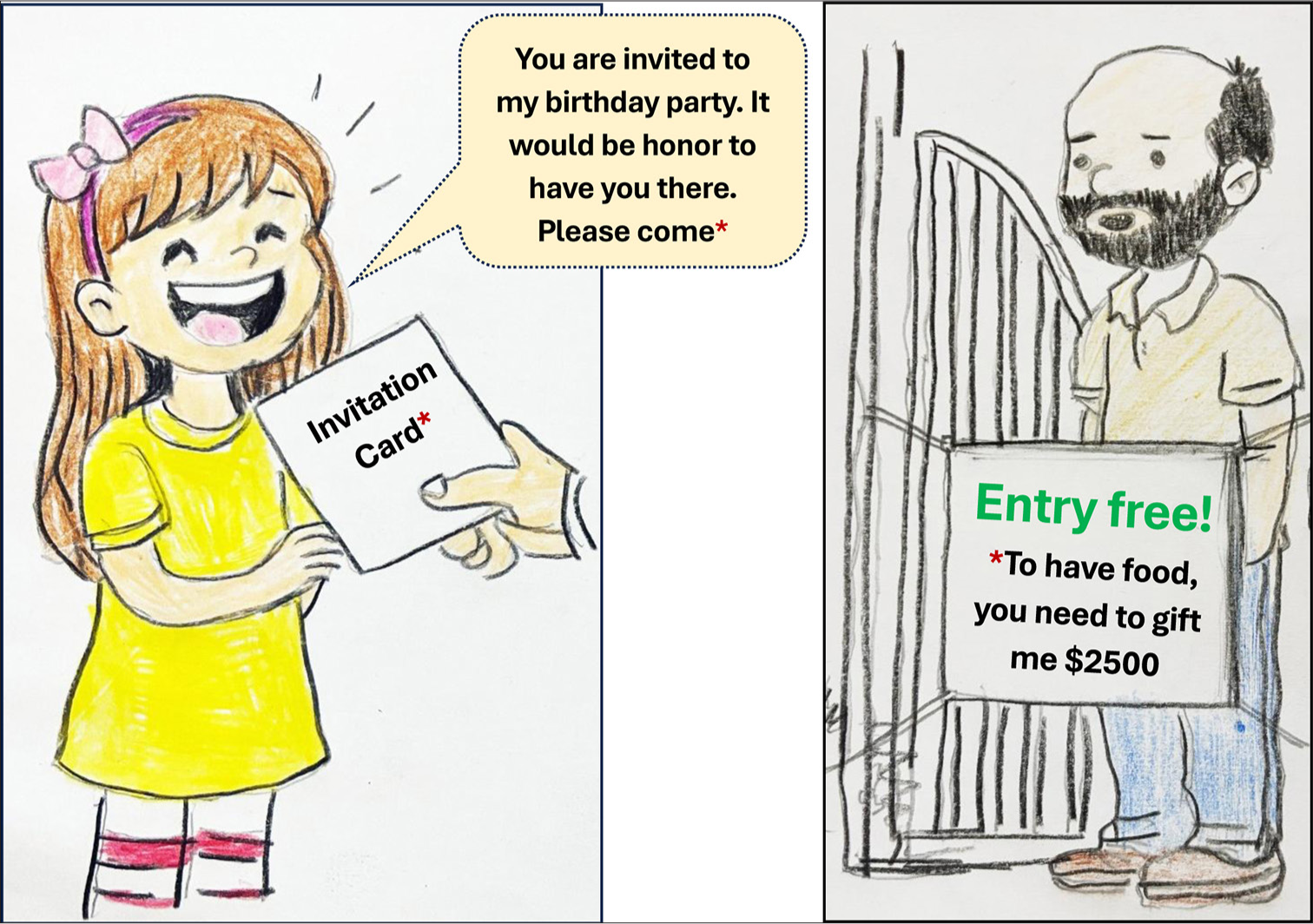Translate this page into:
The illusion of invitations: How open access journals are masking advertisements

*Corresponding author: Himel Mondal, Department of Physiology, All India Institute of Medical Sciences, Deoghar, Jharkhand, India. himelmkcg@gmail.com
-
Received: ,
Accepted: ,
How to cite this article: Mondal H. The illusion of invitations: How open access journals are masking advertisements. CosmoDerma. 2025;5:45. doi: 10.25259/CSDM_52_2025
Dear Sir,
In the academic publishing world, the line between invitations and advertisements has become increasingly blurred. Many open-access journals are now sending what they call “invitations” to researchers, urging them to submit their work. However, a closer look reveals that these so-called invitations are nothing more than thinly veiled advertisements, designed to attract submissions.[1]
An invitation in academic publishing refers to a formal request extended to an individual or a group to contribute to a journal, conference, or special issue. An advertisement is a promotional message aimed at a broad audience to attract submissions, participation, or engagement.
However, many of the journals are using the term “invitation” in the email subject. At first glance, these emails may appear to be personalized and professional, often addressing researchers by name and referencing their past work.[2] However, the true intent becomes clear when the message quickly shifts to the article processing charge (APC) required on acceptance. This situation can be compared to a birthday invitation with a hidden asterisk, where the invitee only later discovers that they must pay to enjoy the party [Figure 1]!

- An analogy between a birthday invitation that unexpectedly requires payment and a deceptive journal invitation. (Image credit: Ahana Aarshi and Sarika Mondal).
Early-career researchers are particularly vulnerable to misleading invitations from open-access journals. With the pressure to publish and limited experience in navigating the publishing landscape, they may perceive such invitations as recognition of their work rather than as promotional tactics. This can lead them to submit their research to journals with either questionable credibility or one with high APC, potentially affecting their academic reputation and or investing a huge amount, respectively.
Many times, journals may send a “call for papers” of a thematic issue or send an email regarding a new journal as an advertisement. However, that email should not have a subject with “invitation” if they process the manuscript with standard APC. At the same time, researchers must remain vigilant. Not every email that lands in your inbox with the word “invitation” is a genuine invitation. And always check the credibility and APC of the journal before making any decision.[3]
To check credibility, verify whether the journal is indexed in recognized databases such as PubMed, Scopus, Web of Science, EMBASE, or Directory of Open Access Journals as questionable journals often lack such accreditation.[3] Genuine invitations typically come from well-established editors, often detailing why a researcher’s work aligns with the journal’s focus. A generic email lacking specific references to the researcher’s contributions should raise red flags. In addition, while the sloppy language of email and overpraising the contribution may be characteristics of predatory journal invitations, professional email may come from journals that charge high APC.[4] Checking the quality of websites, and recently published articles and reviewing editorial board members can provide insights into its credibility. If still confusion persists, early-career researchers may always seek help from senior authors.
Acknowledgment
I thank Ahana Aarshi, Dev Sangha National School, and Sarika Mondal, Independent Researcher, for contributing the image for this letter.
Ethical approval
The Institutional Review Board approval is not required.
Declaration of patient consent
Patient’s consent was not required, as there are no patients in this study.
Conflicts of interest
There are no conflicts of interest.
Use of artificial intelligence (AI)-assisted technology for manuscript preparation
The authors confirm that they have used artificial intelligence (AI)-assisted technology for assisting in the writing or editing of the manuscript or image creations.
Financial support and sponsorship: Nil.
References
- Invitations received from potential predatory publishers and fraudulent conferences: A 12-month early-career researcher experience. Postgrad Med J. 2018;94:104-8.
- [CrossRef] [PubMed] [Google Scholar]
- Unexpected emails to submit your work: Spam or legitimate offers? The implications for novice English L2 writers. Publications. 2019;7:7.
- [CrossRef] [Google Scholar]
- Check indexing status of a journal. J Family Med Prim Care. 2020;9:3166-7.
- [CrossRef] [PubMed] [Google Scholar]
- "Dear doctor, greetings of the day!": A 1-year observational study of presumed predatory journal invitations. Prog Orthod. 2023;24:21.
- [CrossRef] [PubMed] [Google Scholar]





